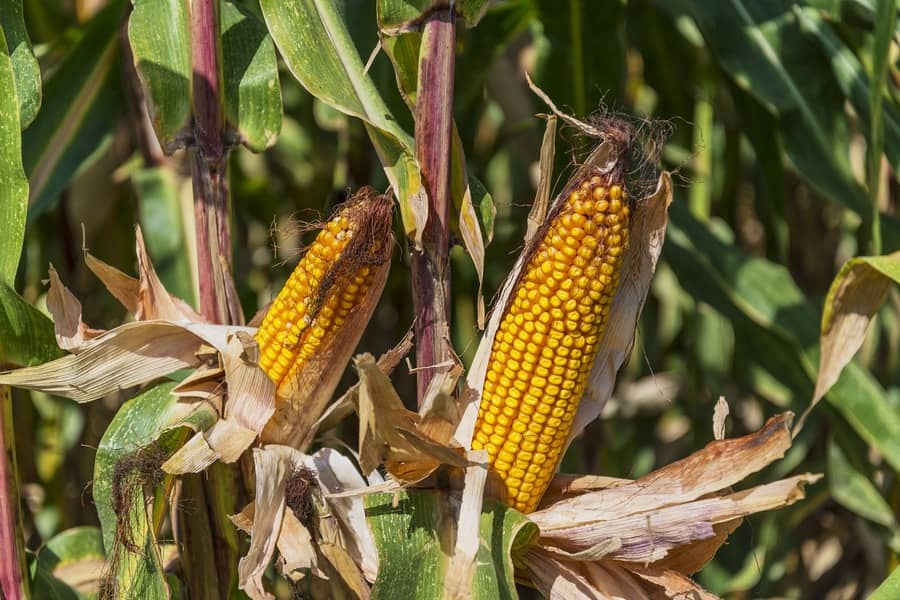Porto Alegre, August 8, 2023 – The international market is now faced with two fundamental pieces of information: the adjustment of US yields in the 2023 crop of corn and the unfolding of the crisis in the Black Sea. This week, USDA will update its monthly supply and demand estimate, highlighting a field-adjusted view of corn yields. Perhaps soybean yield is only updated in September. In any case, it will be the first number that should more faithfully reflect the situation of crops, regardless of any other data collected so far, such as weekly crop conditions. From then on, the focus will be on the harvest that starts in September and the arrival of more than 380 mln tons into the US market. Aa for the Black Sea, the deadlock now is about the ports, with the war invading Russian commercial shipping lanes, the biggest wheat exporter. These are factors that could further volatilize prices on the CBOT in the coming few days.
As in every “weather market” period, there is a cycle of conflicting information that affects trading decisions and the view on the price trend on the CBOT. This year, we note that the market created a tense environment in June with below-normal rainfall across the US Midwest, hitting, particularly, the two largest growers, i.e. Iowa and Illinois. Then, the heat wave, which did not last more than a week but occurred at an important stage for corn and soybean crops. Normal concerns for a crop in which production will be decisive for price formation until 2024.
However, in July, the rains returned, not in a uniform and sufficient way to regularize the water deficit in the subsoil of the Midwest, but enough to bring the necessary soil moisture in a decisive phase of corn crops: pollination. We noticed that pollination in this crop was perfect, there are no evaluations of failed spikes or reflecting that the yield potential was affected. Now, the August rains are arriving to bring the grain filling and mainly to define the size of ears.
Under such conditions, we will still have to evaluate the rainfall until September to determine this final yield at harvest. However, against the 177 bushels/acre projected by USDA as the last broken record, we note that the possibility of numbers much lower than 175 bushels/acre seems unlikely so far. So, this Friday the 11th, USDA will update its yield projection. A number between 175/177 bushels must be considered fair by the market and still bearish. Less than 175 bushels could bring some initial price volatility at least until the harvest. A figure above 177 bushels would be completely bearish for prices.
At the same time, USDA may still cut the exports of the old crop, which has not really been doing well and under pressure from the entry of the Brazilian crop. Therefore, the chances of a bullish corn report this August rest solely on US yields.
The question of the war in Ukraine now invades the trade flow in the Black Sea. Attacks on port terminals by Ukraine and Russia could limit commercial transit in the region, including alternative channels that have been tried by Ukraine. The whole point is that Russia is reaping a record wheat crop and trying to accelerate sales to customers of Ukraine itself. Whenever prices improve, Russia accelerates sales. If the war brings blockades to Russian ports, there may be some price rallies. Otherwise, Russia will keep seeing the situation as positive for wheat sales, and this does not favor international price hikes.
In general, therefore, the US harvest in September, without a bias of strong production losses, together with the Russian selling pressure on wheat, suggest the maintenance of our vision of prices for the December contract of the CBOT at USD 4.30/bushel at harvest. The possibility of the market not moving in that direction involves only the yield at harvest and the Black Sea scenario.
Copyright 2023 – Grupo CMA

